Special Highlight from Tokyo “anonymous art project”
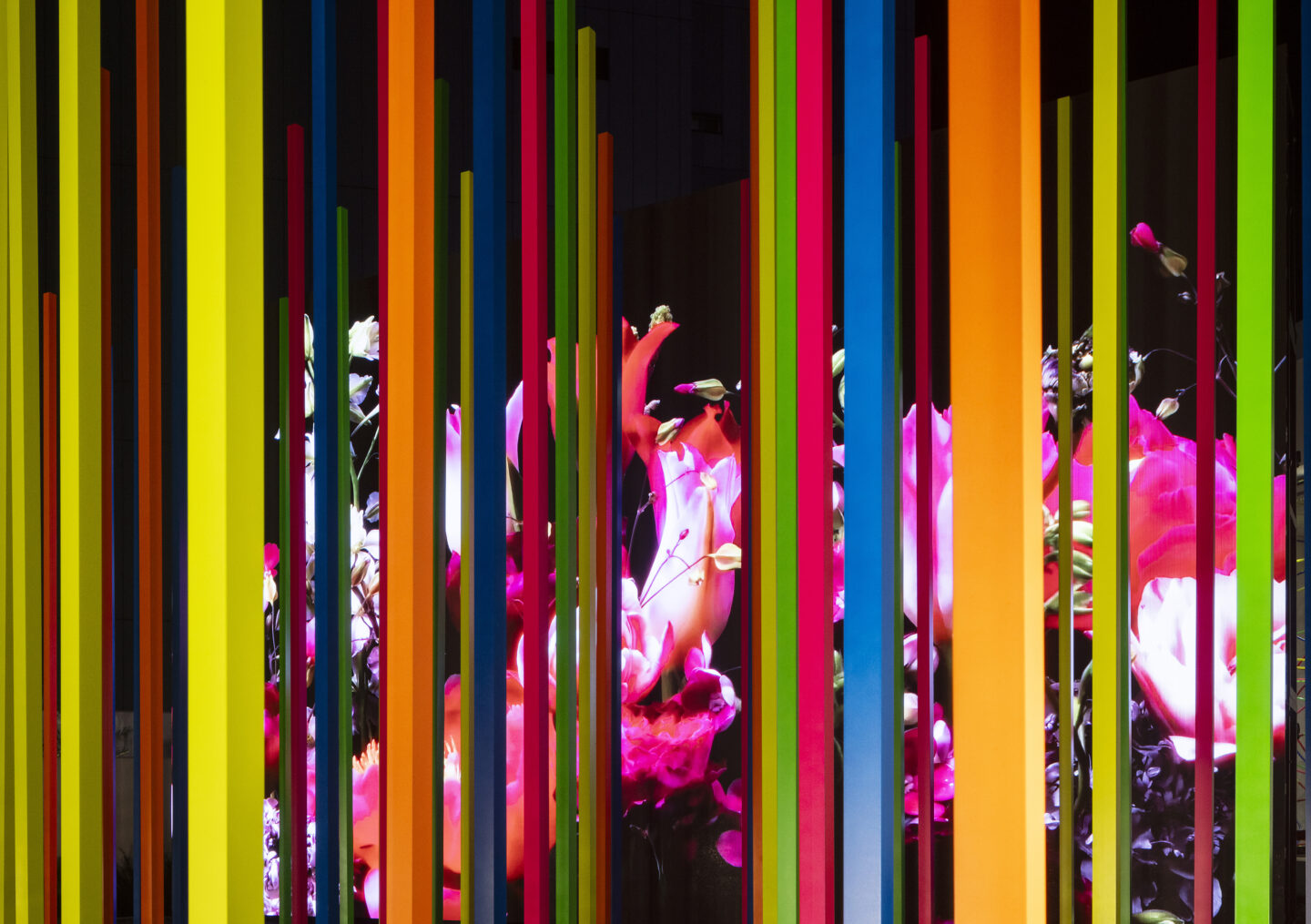

A special highlight at Art Düsseldorf 2024 is the Tokyo-based art collaborative “anonymous art project”. Find out more about the philosophy of the project, the artists and the artworks you can see at the fair.

Kengo Kito, cosmic surface, 2014.
The philosophy of the anonymous art project is to make contemporary art in Japan more accessible to the general public. Launched in January 2023, the project showcases artworks by contemporary artists in an open, accessible exhibition space. In collaboration with artists, gallerists and curators, the project aims to create a space in which contemporary art can transcend conventional boundaries.
The Genealogy of Mono-Ha
Mono-Ha literally means the school of things and examines the relationships between natural and industrial materials and the spaces they inhabit. The artistic movement began at the end of the 1960s in the Japanese art scene and focused on a diversion of Far Eastern philosophy from the West. In the eighties, the post-Mono-Ha movement emerged, which developed as a protest from the Mono-Ha movement. This Japanese art movement was in turn directed at the Western art world and formed a strong language of its own, which is aware of global art trends and is critical of domestic society. Furthermore, its essence considers the nature of materials and the dynamic interplay between objects and their surroundings. This movement strengthened the connection of Japanese art to the contemporary art world and still has a strong influence on the new generation of artists in Japan.
To this day, there is an intertwined exchange and development between Mono-Ha and its critical movement, making the contemporary art scene in Japan versatile and fascinating.
Intertwined locality and globality in Kengo Kito and Kei Takemura
Two artists from the “anonymous art project” are influenced by the development the Mono-Ha movement implied. Both have cemented their presence within the Japanese art scene since 2010, garnering substantial international acclaim throughout their careers. Kengo Kito (*1977) has spent extended periods in Berlin and New York and Kei Takemura (*1975) in Berlin. This is also reflected in their art, which branches off from local trends and is strongly influenced by the global art world.
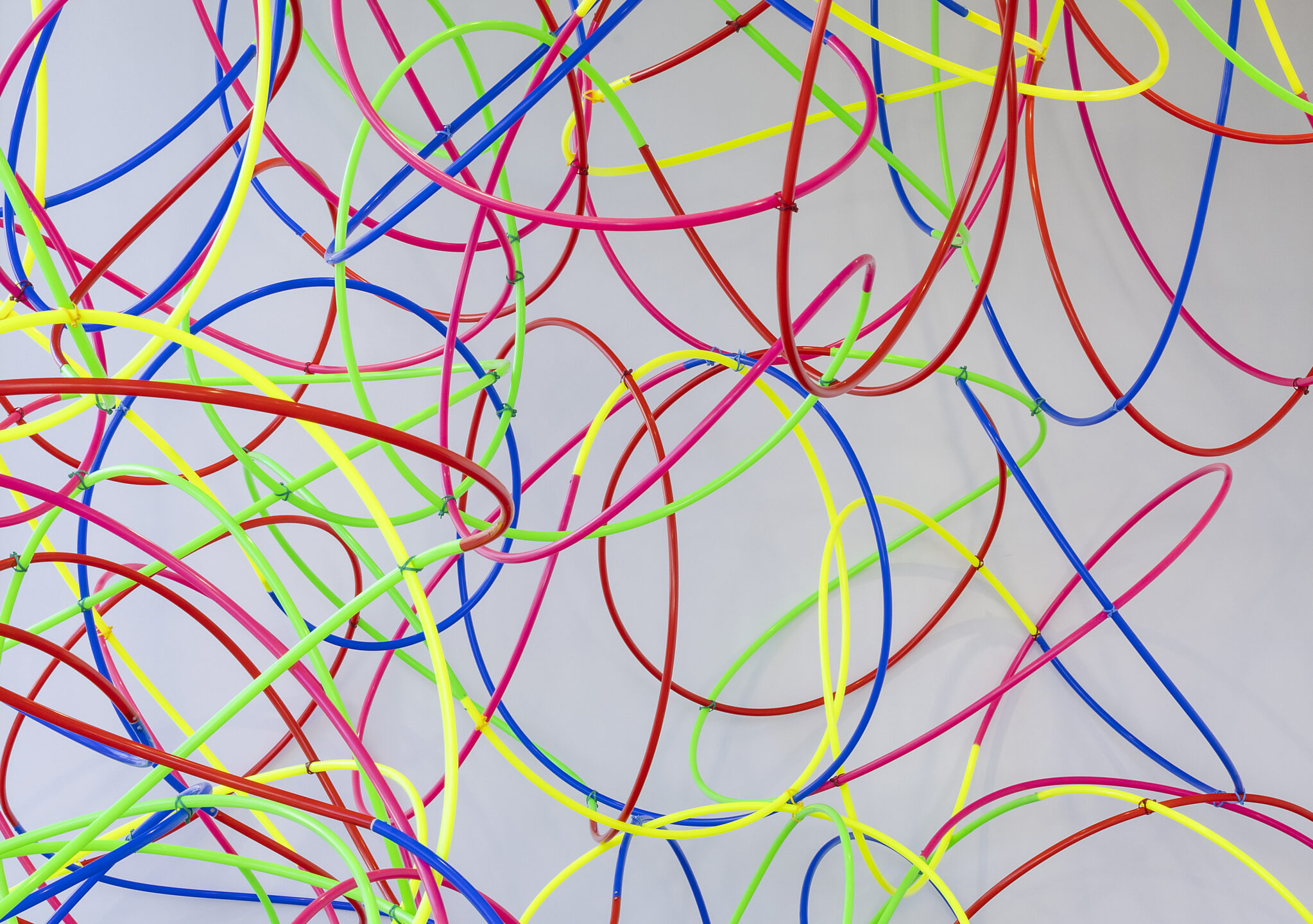
Kengo Kito, untitled (hula-hoop), 2024. Courtesy of rin art association.
Kito’s artworks turn away from local trends with their colorful and bright characteristics, causing divided opinions among Japanese art critics. Furthermore, his art stands out in a global context due to its materiality and ability to be installed anywhere. His most striking installation, consisting of vibrant hula hoops interwoven in circular configurations, and the work “lines”, can also be combined with other artworks due to their mobility and versatility. In his paintings, which serve as a starting point for his installations, one recognizes the physicality of his gestures alongside the cosmic expanse evoked by their titles, such as “cosmic surface”.
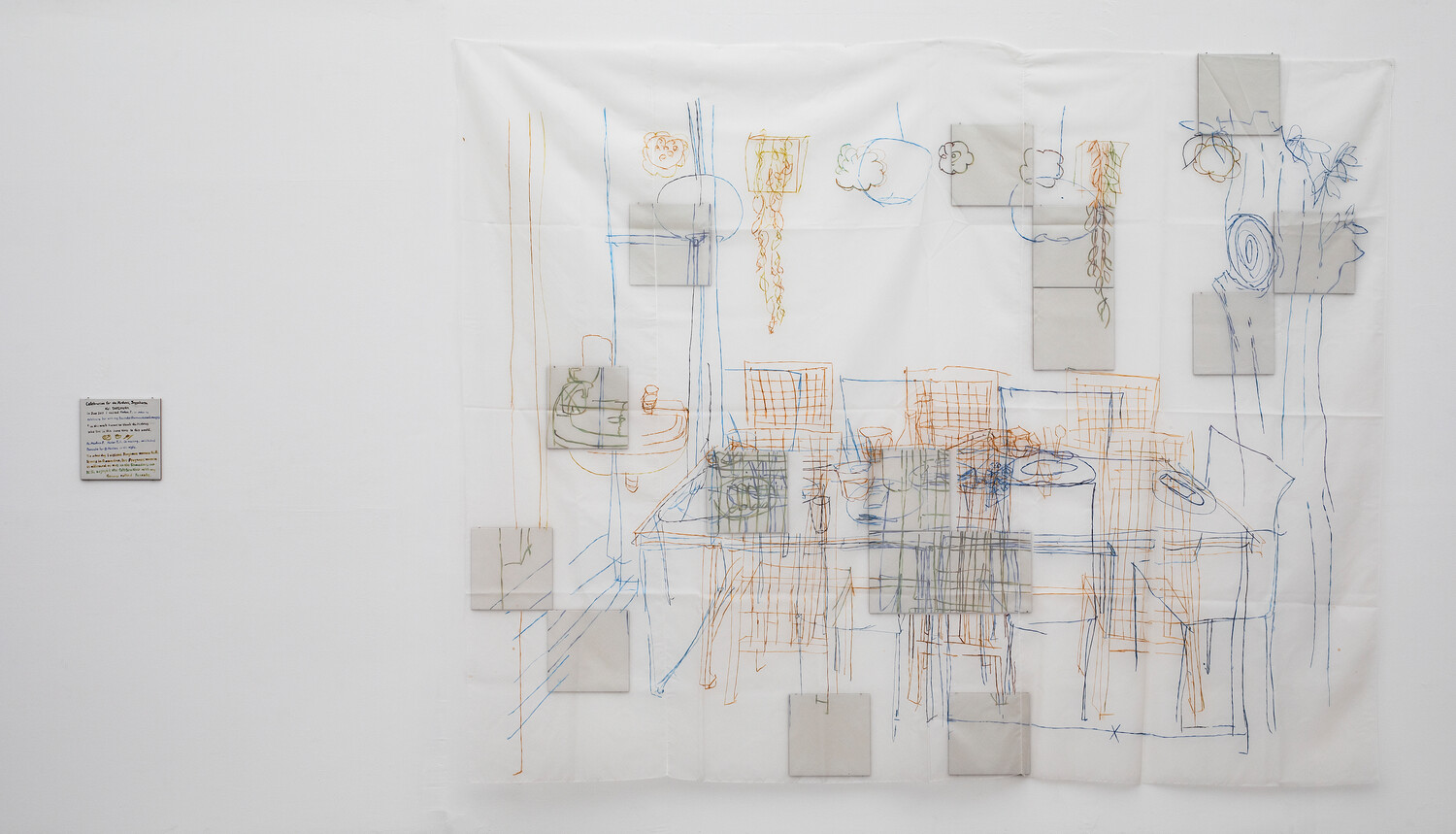
Kei Takemura, Celebration for the Mothers, Yogyakarta, 2017. Courtesy of Taka Ishii Gallery.
Takemura’s art focuses on the concept of restoration, inspired by her stay in Berlin. The layering of fabrics and embroidery of paintings evoke a spatial distance that represents a transcending timeline between the future and the past. Not only the upheaval and change she experienced during her time in Berlin, but also the constant reality of earthquakes within Japan, can be found in Takemura’s artwork.
Kito’s expansive and open works and Takemura’s introspective works contrast each other in their characteristics and can be interpreted as representative of the contemporary Japanese art movements.
Other artists from “anonymous art project”
Kohta Morie, founder of MORIE Inc, is a director and CG animator highly recognized for his detailed productions that convey the subtleties of emotions. His representative engagements include CG supervision for well-known animated films such as Doraemon: Nobita’s New Dinosaur, Nobita’s Earth Symphony, EVANGELION:3.0+1.0 THRICE UPON A TIME; title back animation director for NHK TV series Chimudondon, Hiyokko; music videos for pop music groups such as YOASOBI, Yorushika, GReeeeN and Shina Ringo. He was also involved in the production of Takashi Murakami’s first feature film “Jellyfish Eyes”.
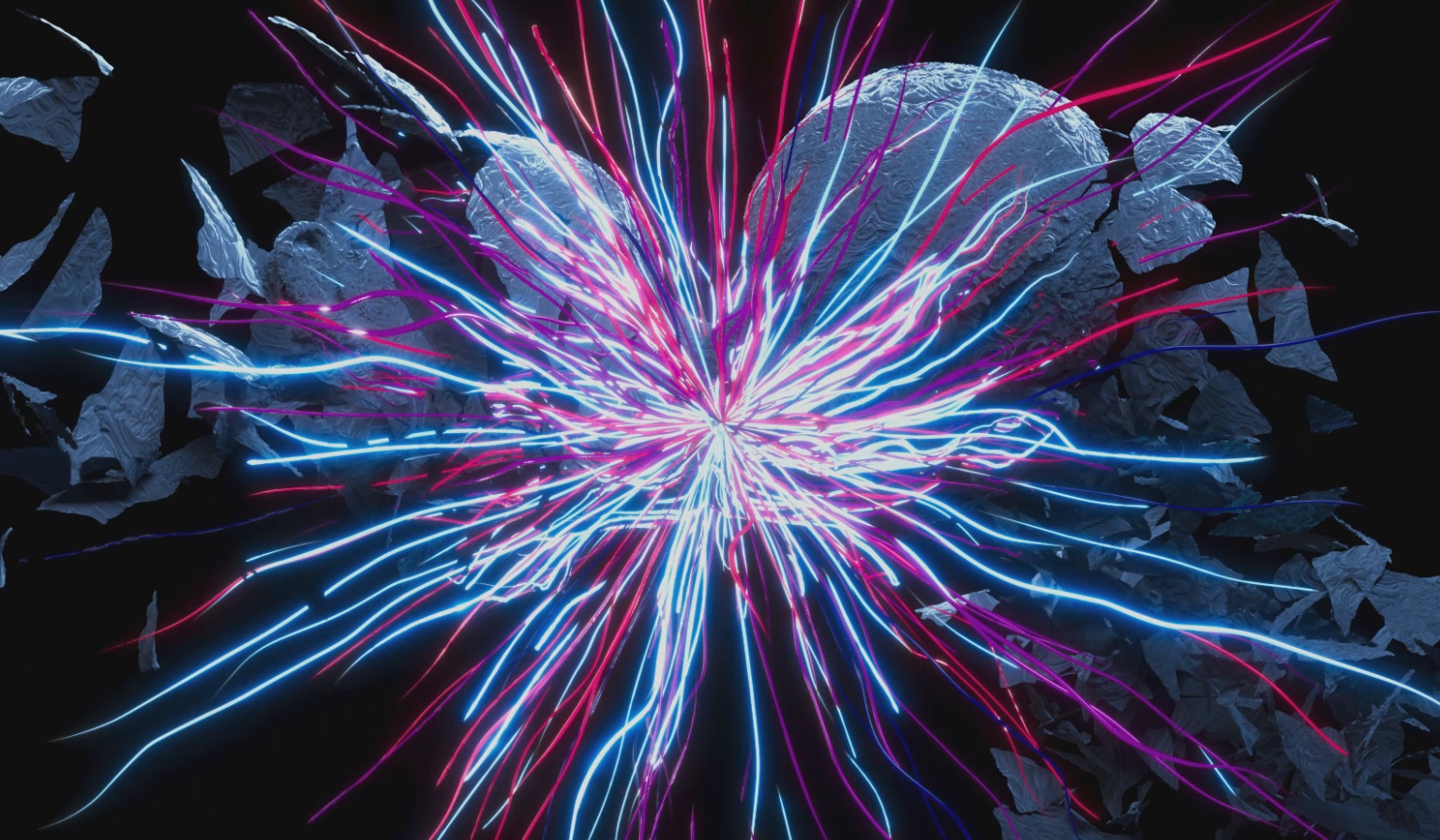
Kohta Morie, They Can’t Take Away from Us, 2024. Video still.
Akiyoshi Yasuda, also known as SiZK, is an instrumental sound artist, music producer and composer. His music colors a range of emotions through noise and electronic sounds imbued with beauty and fragility. Under the theme “Memento”, he records his memories in the form of a book of life: small mementos that are kept to remind us of past experiences and events.
Takashi Kimura reformulates the 600-year-old tradition of Japanese “ikebana” flower arrangements by finding new places of expression. In addition to urban public spaces, he also brings “ikebana” to life in the virtual metaverse or in the fashion industry, while retaining the traditional and aesthetic values of the art of cutting.
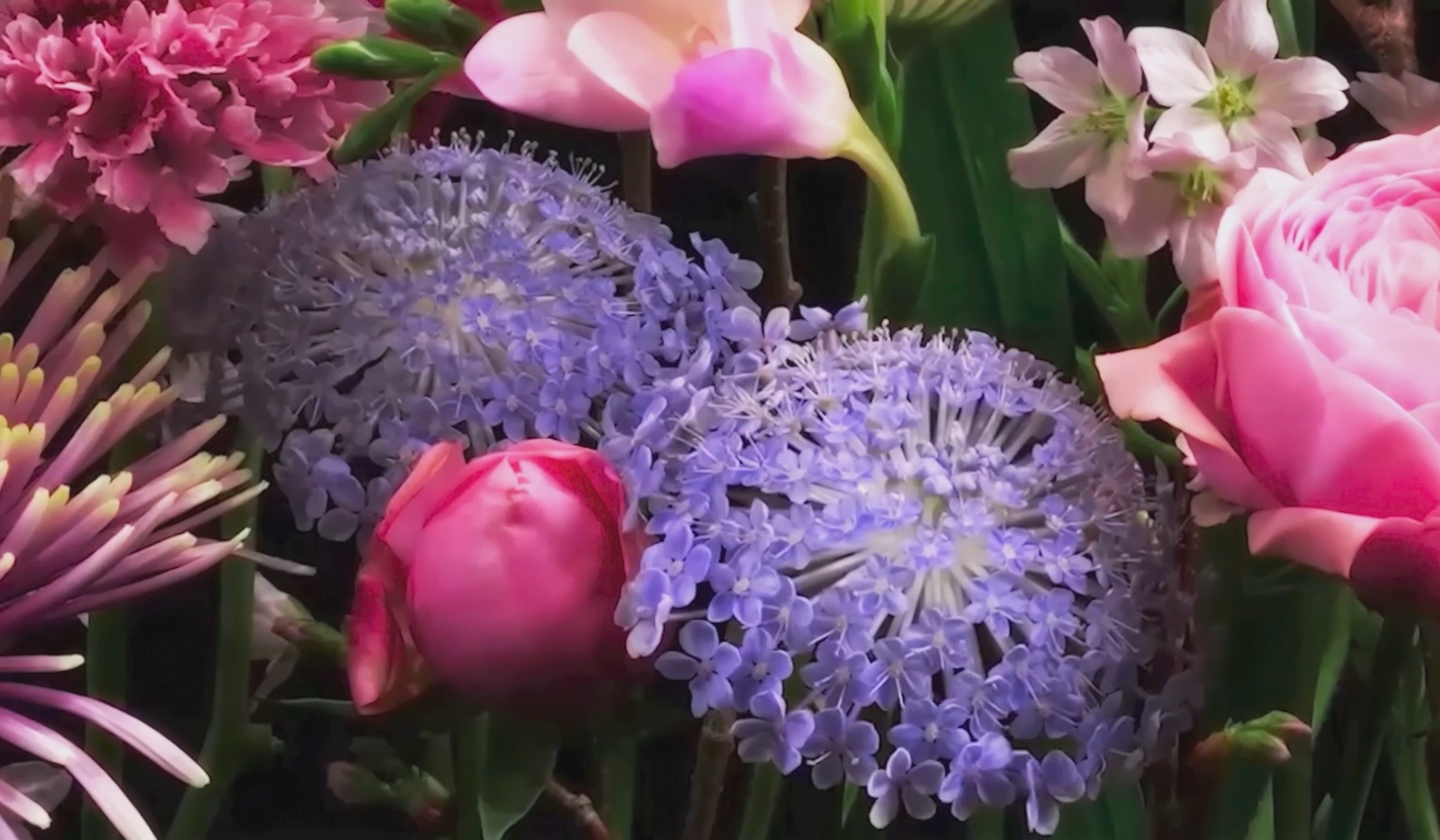
Takashi Kimura, Flower Diversity, 2024. Video still.
The anonymous art project will exhibit at Art Düsseldorf 2024. Look forward to see them at the fair!
Written by Tabea Ackermann